RWA Crypto 2025: Breaking Down Tokenizing Real Assets
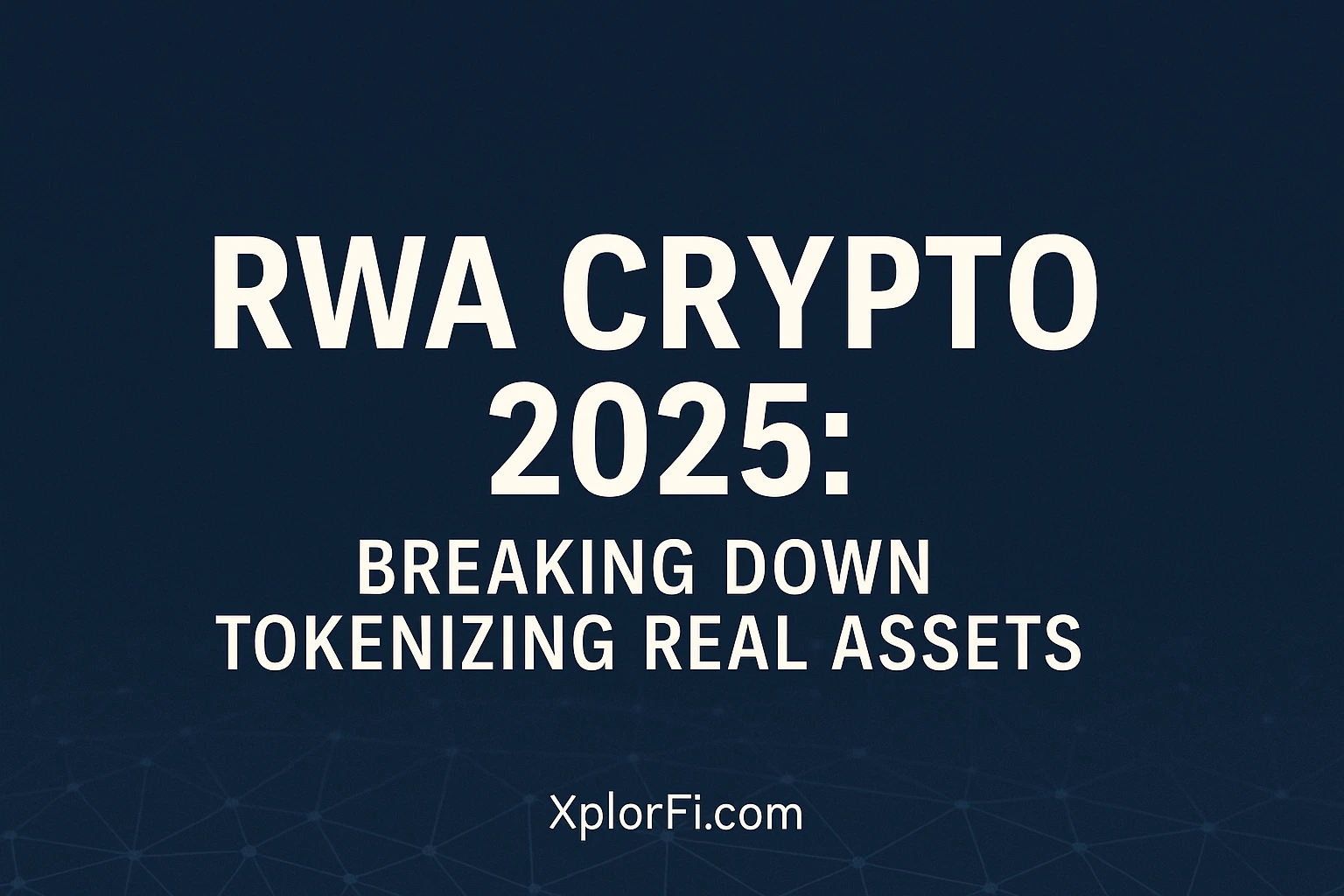
The sophistication with which the web3 world continues to develop, powerhouse is stepping into the spotlight: RWA Crypto. RWA stands for Real World Assets, and when blended with the decentralized charm of blockchain, you get a whole new universe of financial potential.
These aren’t your typical JPEG NFTs or meme tokens; we’re talking about tokenized versions of real-world stuff like real estate, gold, treasury bonds, and even fine art. In short, Real World Assets Crypto is here to connect our physical world to the digital one, like fusing a Dragon Ball Z Earthling with a Saiyan “hello, Gohan!”
Imagine taking a bowl of steaming hot Pad Thai, wrapping it in a smart contract, and then selling a fraction of that Pad Thai to your friend halfway across the globe. That’s the flavor of RWA Tokenizing , real-world goodies served in blockchain wrappers.
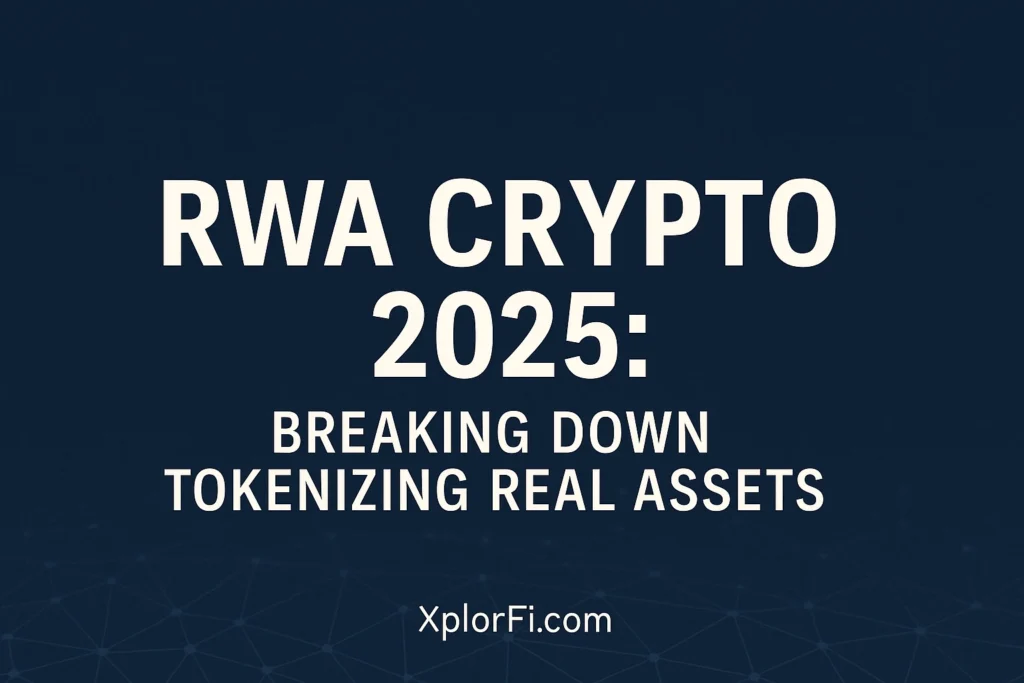
Understanding RWA Crypto: What’s the Deal?
At its core, Real World Assets Crypto is the process of tokenizing tangible or legally recognized assets onto a blockchain. Think of it as giving a physical asset its digital twin, making it easier to trade, fractionalize, or use as collateral.
Each token represents ownership or a claim to an actual real-world asset. These tokens can follow standards like ERC-20 (fungible), ERC-721 (non-fungible), or ERC-1155 (a mix of both), and they come with legal documentation and sometimes third-party custodians.
It’s kind of like turning Master Roshi’s turtle shell into a digital NFT that can be borrowed against in DeFi pools, except instead of a shell, it’s a share of a Bangkok condominium.
Applications of RWA Crypto Across Industries
The beauty of RWA Tokenizing is in its versatility. It’s being used in:
- Real Estate: Platforms like RealT let people buy fractions of U.S. rental properties.
- Commodities: PAXG and XAUT tokenize gold.
- Treasuries & Bonds: Franklin Templeton offers tokenized funds.
- Private Credit: Centrifuge and Maple Finance tokenize invoices and credit deals.
It’s like how Krillin can surprisingly punch above his weight, Real World Assets takes the most boring TradFi stuff and turns it into a yield, generating DeFi powerhouse.
And if you’ve ever sipped Thai iced tea while biting into mango sticky rice, you know how unexpected combinations can create pure magic, same vibe here.
Benefits of RWA Tokenizing in Web3 and Beyond
There are plenty of reasons why RWA Tokenizing is being hailed as a game-changer:
- Fractional Ownership: You can own a piece of a million-dollar skyscraper.
- Global Accessibility: No longer do you need to be a hedge fund to invest in government bonds.
- On-Chain Transparency: Audit trails, transactions, and ownership are all visible.
- Yield Opportunities: Real-world assets produce steady, less volatile returns.
It’s like Goku activating Super Saiyan mode, suddenly, even humble treasury bonds become powerful DeFi instruments.
Think of Real World Assets Crypto like a hot bowl of Tom Yum Goong, tangy, spicy, and unexpectedly rich in depth. Just when you think it’s too traditional, it kicks in with some real power.
Challenges Holding RWA Tokenizing Back
Of course, Real World Assets Crypto isn’t all sunshine and dragon balls. There are some serious hurdles:
- Regulatory Concerns: Who governs these tokens? The SEC? Your grandma?
- Legal Enforceability: Can a token really give you rights to a physical asset in court?
- Custodianship Risks: Centralized players still need to manage physical assets.
- Oracle Problems: Who ensures the token reflects real-world asset prices?
It’s like Vegeta trying to follow the rules at a noodle shop, he might blow it up if the food takes too long. Similarly, Real World Assets Crypto needs clearer structures and protocols to avoid chaos.
Imagine ordering Thai green curry with no idea how spicy it’ll be, RWA Tokenizing without proper legal backing can leave investors sweating bullets.
Key Players in the RWA Tokenizing Ecosystem
Several major players are leading the RWA Tokenizing charge:
- Centrifuge – Tokenizes invoices and connects them to DeFi pools.
- RealT – Real estate tokenization on Ethereum.
- Maple Finance – Offers institutional credit on-chain.
- Ondo Finance – Specializes in tokenized treasury products.
- Franklin Templeton – Issued a tokenized U.S. government fund.
These projects are like the Z Fighters, each has a unique strength, but together, they can take on any TradFi villain.
And just like how Thai street food vendors master different dishes, each protocol specializes in a unique asset type but operates in the same flavorful DeFi kitchen.
The Future Forecast for RWA Tokenizing
Experts are betting big on RWA Tokenizing. Boston Consulting Group predicts $16 trillion in tokenized assets by 2030. BlackRock’s CEO Larry Fink calls tokenization “the next generation for markets.”
With more institutional players entering Web3, from HSBC to Societe Generale, RWA Tokenizing adoption is set to explode. And with DeFi protocols seeking sustainable yields, RWAs offer exactly what’s needed: boring, stable, and profitable assets.
It’s like Dragon Ball’s Namek saga, long build-up, intense battles, and a payoff that transforms the entire universe. Similarly, RWA ecosystem might be the arc that takes DeFi to its next evolutionary stage.
Like a slow, cooked massaman curry, the best is yet to come, but the flavors are already worth drooling over.
RWA Ecosystem Crypto vs Traditional Asset Management
Let’s stack Real World Assets ecosystem Crypto up against traditional finance:
| Feature | Traditional Finance | RWA Crypto |
|---|---|---|
| Access | Limited to rich folks | Open to anyone with an internet connection |
| Settlement | T+2 or longer | Near-instant on-chain |
| Fees | High middlemen costs | Lower via automation |
| Transparency | Often murky | Fully auditable on-chain |
| Liquidity | Restricted, slow | 24/7 markets |
Basically, it’s like comparing a slow bus to a flying Nimbus, RWA Tokenizing ecosystem just zips around obstacles and delivers the goods faster.
And let’s be real, who wants to wait three days for a green papaya salad when blockchain tech can serve it in seconds?
RWA Tokenizing in DeFi: The New Money Legos
In the broader DeFi ecosystem, RWA Tokenizing is being used for:
- Collateral in lending: Safer than volatile crypto.
- Yield generation: Offers steady income.
- Diversification: Reduces overall portfolio risk.
DAOs like MakerDAO and protocols like Spark are now integrating RWAs into vaults. Real world yields fund DAI stability. That’s real value flowing into on-chain finance.
It’s like giving Piccolo a fusion earring, suddenly the squad has new strategic depth. RWA Tokenizing adds that kind of edge to DeFi.
If crypto DeFi is Thai iced coffee strong, bold, and often jittery, then RWA Tokenizing is the sticky rice on the side that gives it balance and staying power.
Conclusion: Why RWA Ecosystem Crypto Deserves Your Attention
RWA ecosystem Crypto isn’t just a passing trend, it’s the anchoring force that could pull Web3 into the real world and give it staying power. Whether it’s through tokenized bonds, gold, or real estate, RWAs inject legitimacy, stability, and massive potential into the DeFi ecosystem.
Just like Goku mastering Ultra Instinct, Web3 is leveling up, and RWA ecosystem Crypto might just be the final form we’ve all been waiting for. So the next time you’re enjoying some Pad See Ew or watching Beerus obliterate a planet, think of RWA ecosystemCrypto, real-world flavor served with futuristic heat.
Yo Xplorianz, Got spicy takes or want us to dig into your favorite project? Slide into our inbox Facebook, or tag us on X . Stay sharp, stay weird, and keep Xploring.
XplorFi Crew, out.
Disclaimer:
This article is for informational and entertainment purposes only and does not constitute financial advice. Always do your own research (DYOR) before making any investment decisions, your money, your call. Crypto’s wild, so stay sharp out there!
Bitcoin Chainlink News: 7 Amazing Breakthroughs Igniting Crypto Growth
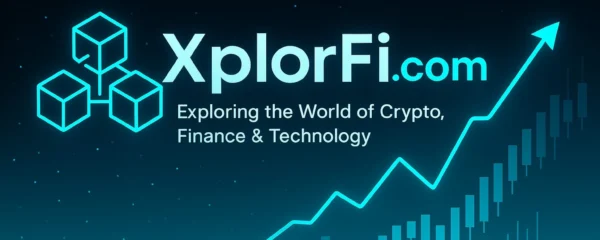
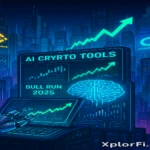
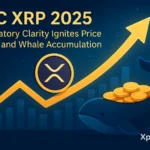

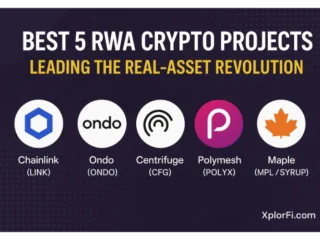

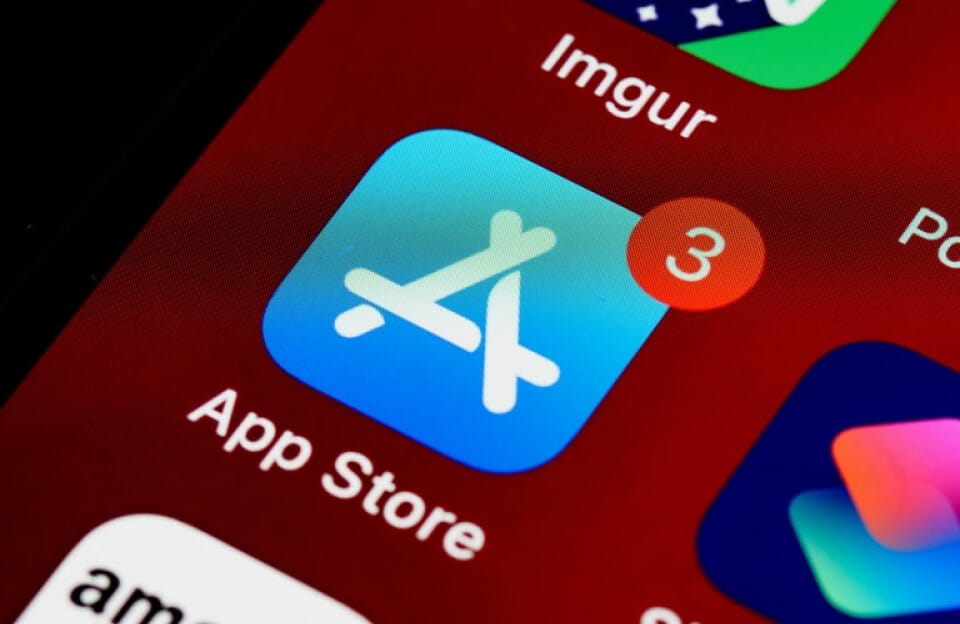
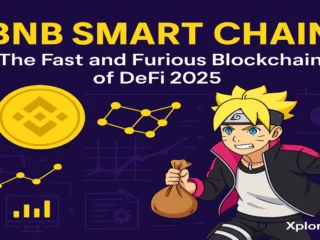
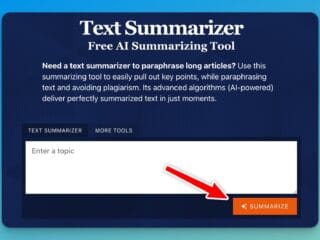
5 month ago
[…] Bitcoin Chainlink News: 7 Amazing Breakthroughs Igniting Crypto Growth 1 week ago RWA Crypto 2025: Breaking Down Tokenizing Real Assets 1 week ago Best 7 Crypto Under $1 That Might Explode in 2025 1 week ago Breaking Down […]
5 month ago
[…] Bitcoin Chainlink News: 7 Amazing Breakthroughs Igniting Crypto Growth 1 day ago RWA Crypto 2025: Breaking Down Tokenizing Real Assets 2 day ago Best 7 Crypto Under $1 That Might Explode in 2025 4 day ago Breaking Down […]
5 month ago
[…] 25 Jun 2025 5 minute ago RWA Crypto 2025: Breaking Down Tokenizing Real Assets 1 day ago Best 7 Crypto Under $1 That Might Explode in 2025 3 day ago Breaking Down […]